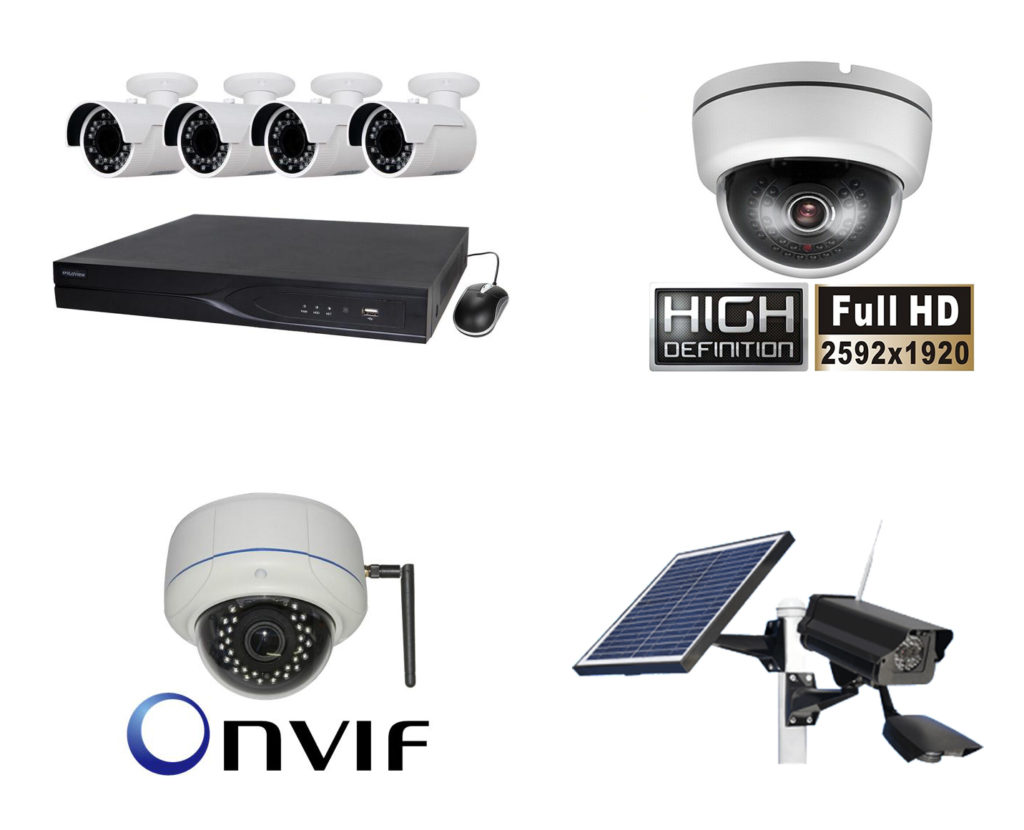
There are two different types of camera systems and equipment: wired and wireless.
Which one is right for you and your home is something that only you can decide. With the help of this article your decision will become a lot easier and less overwhelming.
We’ll start by looking at the major pros and cons for each system. We will then review the lesser points, which are still things you may want to factor into your decision making.
Major Pros for Wireless
The initial advantages for wireless home security cameras are obvious.
- Out of the box convenience
- Easy to move around
- No DIY necessary
The main benefit is cost and convenience. You can position them just about anywhere you please straight out of the box. You can also move them around if you want to, without losing your connection. There’s also no drilling or other DIY involvement unless you choose to. That means no electricians to pay or fixed wires running along the walls. Based on this ultimate flexibility, you might question why there’s still a demand for wired home security cameras. Keep reading to find out.
Major Cons for Wireless
If something sounds too good to be true then it probably is. Wireless cameras are not normally totally wireless because nearly all WiFi security cameras need constant power so there has to be a cable from it into the power outlet. You can get battery powered cameras but the batteries don’t last very long.Wireless router emitting a signal
The most common disadvantage for the camera is Wi-Fi or radio interference. This is something that a passing ambulance, microwave oven or police car can trigger. It’s even possible for a neighbor’s network to affect your own wireless connection on the 2.4 GHZ frequency, along with a few other things.
Some systems are easy to set up, but there are others that can prove quite difficult, especially for those who are not tech savvy. Potential technicalities include pairing devices, passwords and firewalls. If you have a multi-camera setup it will take up some bandwidth. If you have 4 WiFi cameras then you will require an internet speed of about 10Mbps. If you have an 18 camera system, which I guess very few people will, then you will require an internet speed of about 35Mbps. You can check your speed here speedtest.net.
These disadvantages won’t apply to all systems in all homes; it all depends on what you have and your individual setup. And finally, there is the reliability issue. Wireless cameras have come a long way in recent years, and on the whole they’re impressive. Despite this, they’re still not as robust or as reliable as wired systems. This is why I would only use wireless cameras for indoor use.
Major Pros for Wired
The pros for the wired home security camera are less obvious to the novice:
- Less expensive than most wireless systems (out of the box)
- Little to no network interference
- More robust and reliable
- Better image clarity and streaming
Setting up wired home security cameras is great if your property is a new construction where Ethernet or BNC siamese cables are already wired in or the walls are still open, or during renovations to an older property. They’re generally less expensive than wireless systems and provide you with better quality viewing. Wired cameras don’t affect network’s speeds either. It’s worth noting that you only need one cable, the Ethernet cable, because the power can be supplied from the Ethernet cable, these cameras are called POE (Power Over Ethernet) cameras. So if you did want to move them around, you would just have to move them to somewhere near another Ethernet plug socket.
Major Cons for Wired
If you’re not moving into a brand new property or not about to renovate your home, you have to prepare for unsightly cables, unless you chase them into the walls or use wire molding. And the more cameras you have, the more Ethernet cables there will be. Once you have the wired home security cameras in place, they’re not as easy to move around, unlike the wireless options.
 Keeping You Safe With Home/Business Security Tips, News and Reviews Keeping You Safe With Home/Business Security Tips, News and Reviews
Keeping You Safe With Home/Business Security Tips, News and Reviews Keeping You Safe With Home/Business Security Tips, News and Reviews